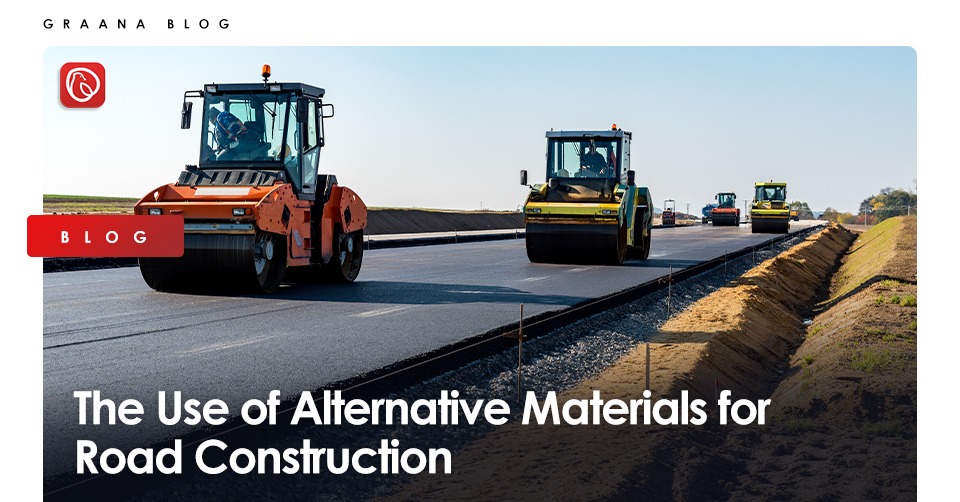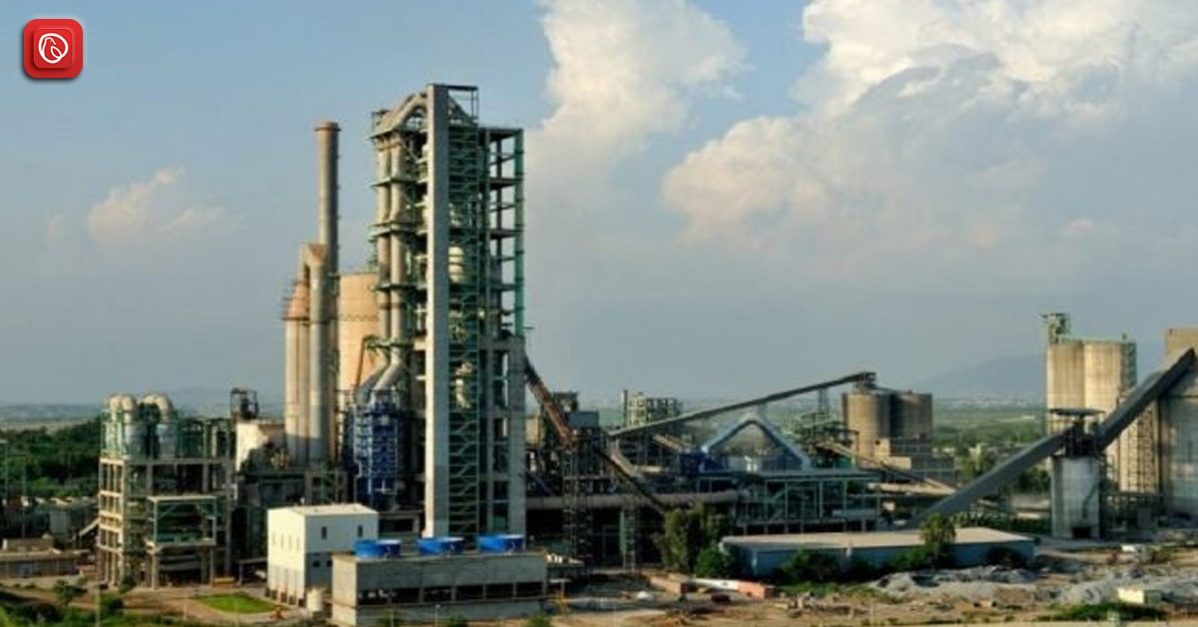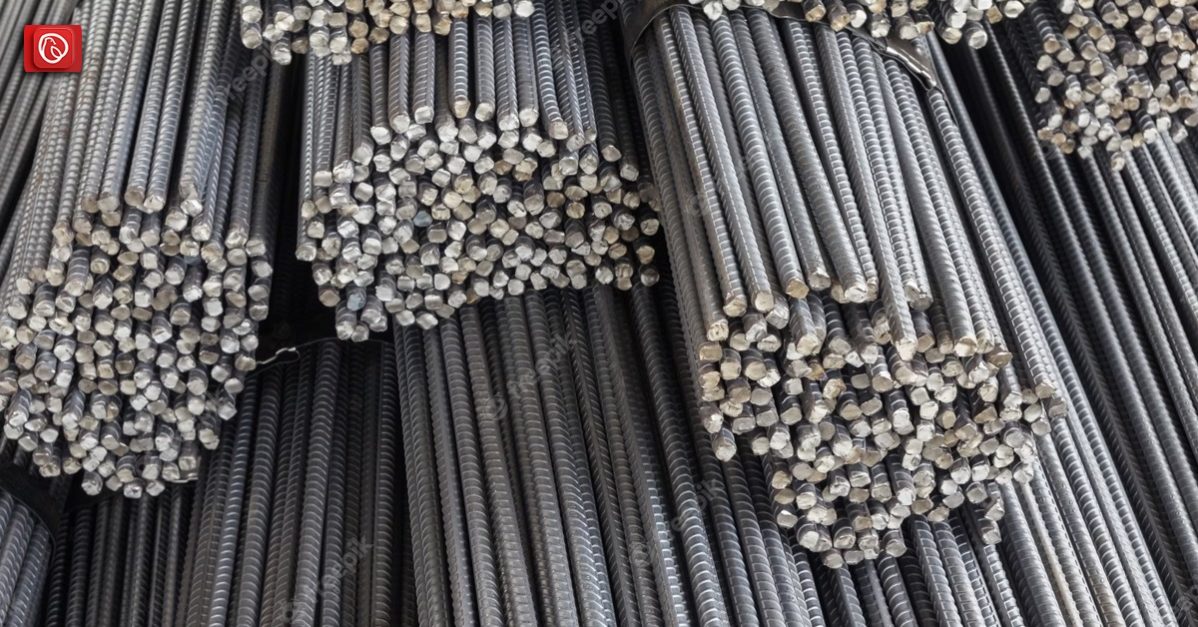Energy-saving and the prevention of wasteful use of resources are only possible through the use of alternative materials for road and building construction. Various different types of waste materials are used as by-products for alternatives to conventional building materials.
However, these materials must meet certain engineering characteristics and must be less costly as compared to the ones that have been in use for centuries. Graana.com, Pakistan’s smartest property portal has gathered information on the use of alternative materials for road construction.
Difference Between Alternative and Standard Building Materials
The major difference between alternative building materials and standard ones is in their physical and chemical characteristics, their raw form, and the extra processing they require to be finally used as a building material.
The main goal is to prevent natural resources from going extinct by using safe, eco-friendly and cost-effective materials. There is a wide range of alternative materials that can be used successfully for the construction of roads.
Following is the list of alternative building materials.
- Construction and demolition waste
- Recycled asphalt
- Crushed concrete
- Fly ash and slag from thermal power plants
- Metallurgical slag
- Cement and lime kiln dust
- Silica fume
- Foundry sand
- Waste-rock
- Ash from incineration plants for solid municipal waste
- By-products of quarries
- Roofing shingle waste
- Old rubber
- Sewage sludge ash
- Glass and ceramics
- Plastics waste
Here is a detailed analysis of different kinds of alternative materials used for road construction.
Natural Rock Materials
A major part of the materials used for road construction is composed of naturally occurring materials such as rock and soil. Research shows that various types of rocks perform differently in different layers of pavement.
These differences are greater when it comes to rocks than in soil. Furthermore, it was also found that based on the climate and topography, the performance of such materials varies.
The durability of materials is one of the essential factors in choosing building materials. The most commonly used rock is asphalt, but it is a traditional material used for road construction. Here, we will talk more about crushed stone and phosphate waste rocks which are alternative building materials.
Crushed stone is widely used throughout the world as it is found almost everywhere, and is quite affordable. Mostly, it is used for the construction of buildings and highways. For constructing a two-lane asphalt highway, about 25,000 tons of crushed stone are used per mile.
A crushed stone is formed by mixing crushed pieces of various rocks together; the names of some of the stones are given as follows:
limestone, granite, trap rock, sandstone, quartzite, dolomite, volcanic cinder and scoria, marble, slate, dacite, shell, and calcareous marl.
All of these rocks are also suitable for use separately for various reasons. Using industrial waste can contribute to the conservation of non-renewable natural resources as well as the reduction of industrial waste. Moreover, phosphate waste rocks are also considered a good alternative material used in the construction industry.
Manufactured Aggregate
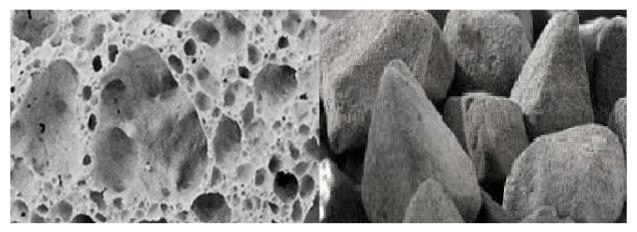
Manufactured aggregate is made using various types of materials, for example; crushed rocks for manufactured sand, fly ash for fly ash aggregate, and by-products from other mineral-extraction processes such as clay for expanded clay aggregate.
Foamed Blast-Furnace Slag (FBS)
The factory produced iron slag provides a by-product named foamed blast furnace. It is produced in a way that is similar to how granulated blast-furnaces slag.
However, unlike the GBF slag, this one is formed using a controlled amount of water, which is applied to molten slag to lock the steam in the mass, giving it a porous look. Afterwards, the product is crushed and filtered to sizes similar to lightweight aggregate.
Fly Ash Aggregates
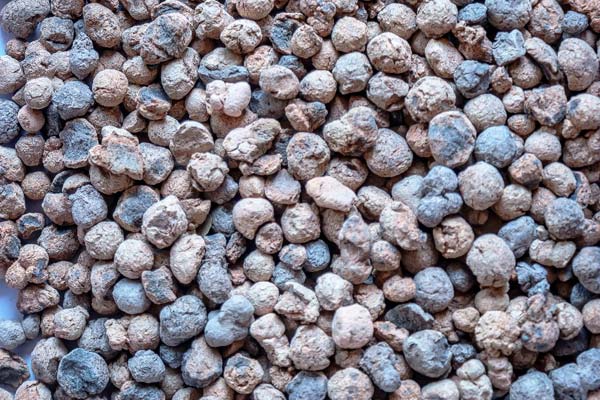
Fly ash can produce numerous lightweight concrete aggregates. The properties these materials possess make them useful for the construction industry.
Manufactured Sand
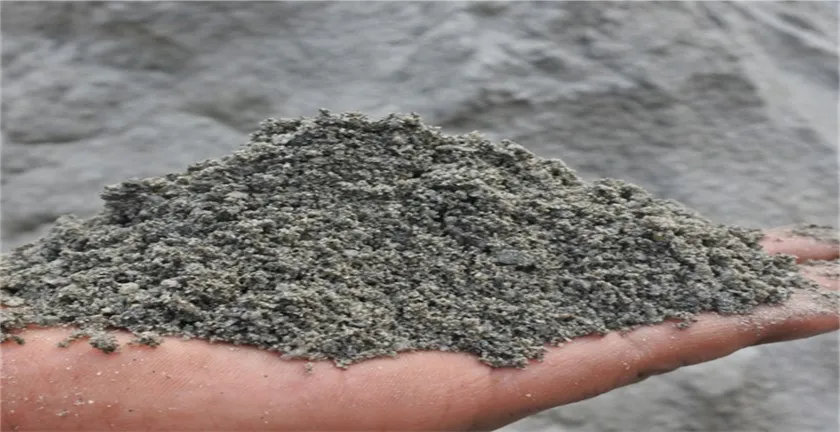
This one is made using a source material that is suitable for the purpose it is going to be used. Often times, it is designed to be used in the construction of roads along with concrete.
The materials used for its production are selected carefully, some of the properties that resource material must possess involves suitable strength, durability, and shape. The process of production includes crushing, screening and washing.
Polystyrene Aggregate
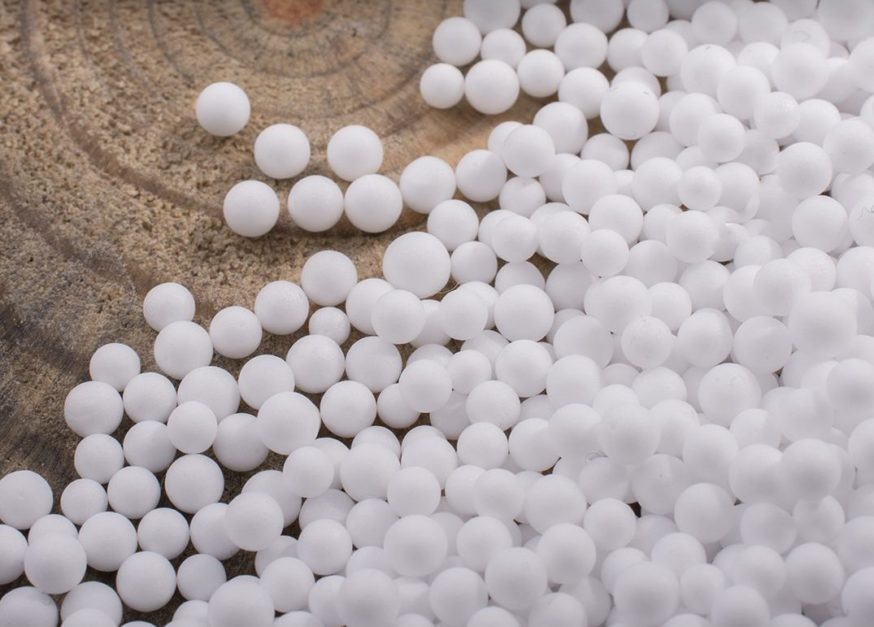
Polystyrene is used with other normal-weight aggregates for the production of lightweight concrete. During the 1990s, an Australian product using small coated polystyrene beads was introduced in the markets, which was made using recycled materials.
The product is now used in concrete with a density of 300 to 1800 kg/m3 with a compressive strength of 1 to 15MPa10. The density of the coated aggregate is 32kg/m3, which helps cement aggregate crystals to grow inside the polystyrene aggregate.
Expanded Clays, Shales and Slates
There are some particular types of clays that expand a lot upon heating to a semi-plastic stage. Consequently, they form a cellular structure.
These thick clay, shale, and slate aggregates are ideal to be used for the structural lightweight concrete including pre-stressed elements of concrete.
Reused By-Products
This type of aggregate is produced using industrial by-products. Some of the examples are given below.
Air-cooled blast furnace slag (BFS)
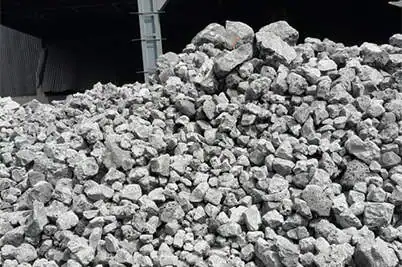
When the iron is manufactured in the industries in the blast furnace, BFS is produced as a by-product. During the process, silica and alumina combine with lime to form a molten slag collected on top of iron in the furnace.
The slag emerges at the surface in the form of the molten stream at a high temperature of 1400-1600 degrees Celsius. Upon slow cooling, the slag slowly turns into a grey coloured crystalline, stone-like structure. After cooling the product, it is crushed and screened to the sizes suitable as coarse aggregate.
Granulated Blast Furnace Slag (GBS)
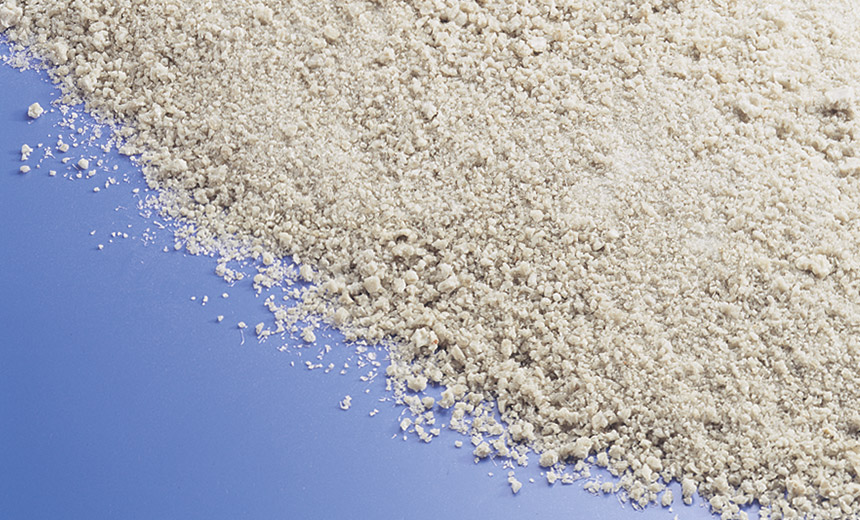
The same technique as air-cooled BFS is applied in the formation of this slag, the only difference being that this one is produced as a result of rapid quenching of molten blast furnace slag with a large amount of water to get a sand-like product.
In Australia, the primary use of granulated slag is the formation of ground granulated blast furnace cement.
Electric Arc Furnace Slag (EAF)
EAF is the by-product of the industrial formation of steel in the electric arc furnace. During the process, steel scrap and fluxes are added to the refractory lined cup-shaped vessel. Through a lid carbon, electrodes are released inside the vessel.
Between the electrodes and scrap, an arc is induced, and the heat generated as a result melts scrap and fluxes. Slag and steel both are separated as in the previous method.
Steel Furnace Slag (BOS)
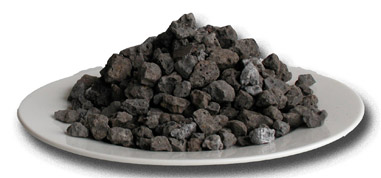
It is another alternative material for road construction. Steel furnace slag is a by-product that is produced in the Basic Oxygen System BOS. The slag is collected from the surface of the molten iron after the exothermic refinement of molten iron and upcycled steel in the presence of oxygen and fluxes.
It comprises calcium silicates and ferrites along with molten oxides of metals like iron, aluminium, calcium, magnesium and manganese. After air-cooling, the material gets a strong crystalline structure. It is crushed and screened for use as coarse aggregate.
Furnace Bottom Ash (FBA)
In the furnace, ash gets collected on the inside of its walls, where it agglomerates and falls down from where it finally gets collected for disposal. It is collected from the bottom, hence the name bottom ash.
Approximately 10% of the ash produced is made of boiler slag and bottom ash. Besides, the grain sizes range from fine sand to coarse lumps. Moreover, its chemical composition is similar to that of fly ash.
Crusher Fines
It is a sand-sized material formed as a result of the crushing and screening performed inside a quarry plant. Typically, it is produced from hard rock quarry operations, however, it may also be produced as a result of the crushing of gravel.
Recycled Materials in Road Construction
With the advancement of technology, the construction industry has also evolved a lot. ALso, the growing traffic on roads demands new construction materials.
The reasons were the lack of traditional natural materials and the endangered environment which have underpinned the propensity towards sizing up other materials assets to be included in the road industry.
Other than that the addition of such substances requires various secondary and tertiary materials. Besides, many of the waste by-products and substances have been probed, judged, appraised for utilizations and exercised in the field.
Plastic Wastes
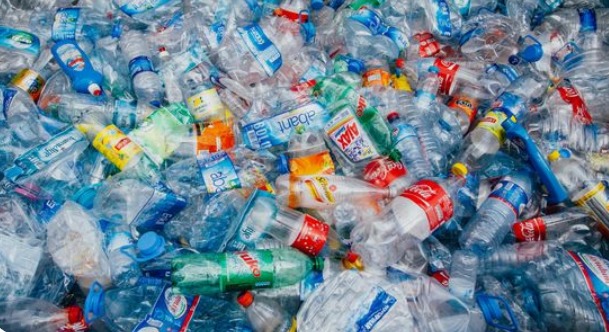
Usually, trash plastics are loaded with polymers. It can either be made use of as a stabilising agent in soil and subgrade uses or as an add-on to aggregate mingles in hot mix asphalt pavement.
Structural Wastes
A lot of waste is produced after the demolition of structures and roads, that can be crushed and processed for the formation of aggregates. This waste can be recollected from the destruction operations of buildings.
Enormous amounts of broken block, mortar, plaster, concrete and normal structure stones are accessible in huge metropolitan regions where ghetto leeway programs are being sped up. In addition, materials, such as blocks and stones might be obtained from abandoned streets, usually in countryside areas.
These substances, based on their constitution, make a fine base and subbase aggregate. Waste, for example, the stone utilised in macadam streets could qualify as concrete aggregate after processing.
Extensive clearance programs are usually linked with the construction of expressways and highways. Moreover, the amount of demolition stuff available naturally changes every year based on cities and their sizes.
Recycled Asphalt Shingles
Asphalt shingles are arranged into two categories; fibreglass, and organic shingles. The two types are made out of wavering paces of mineral strands, mineral fillers, and hard rock particles in addition to asphalt cement with an average percentage of 30% by the total mass.
Crumb Rubber
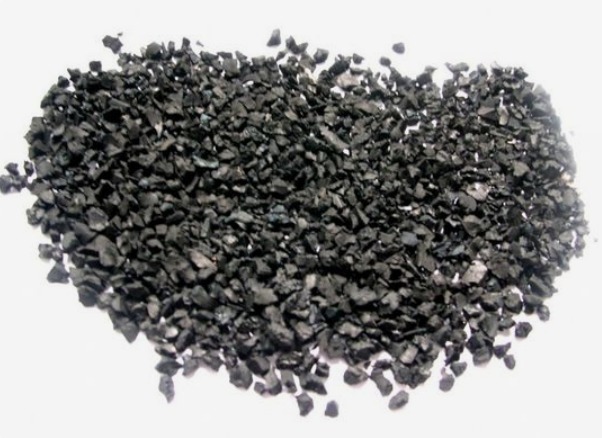
Whether you handle it in the wet or dry method, the crumbed elastic used in asphalt surfacing applications avails a few more merits other than further enhanced security from sliding. In addition, it gives asphalt combinations high shear strength.
Foundry Sands
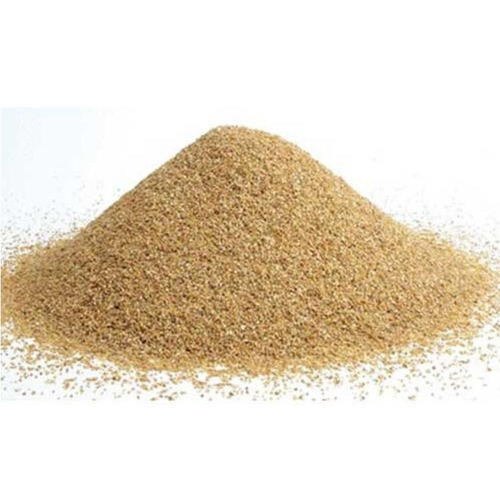
Foundry sand is a by-product of some metals. This fine-grained material consists of uniform-sized silica. After being reinvolved at foundries, it is then saved as waste sand. Nowadays, researchers are now considering it as an alternative material for road construction. Till now it has been used in subbase, HMA, banks, and in refill materials.
Various different types of waste materials are found in Pakistan, including building, household, industrial, plastic, glass, recycled aggregate etc. To dispose off these waste materials is quite a task.
The reason is that some of these waste products are not biodegradable, such as plastics, which often result in a waste disposal crisis, and hence environmental pollution. To save the environment, it is essential to bring into use, modern techniques to recycle waste products.
In this article, we discussed the use of alternative materials for road construction. For more informative blogs, visit the Graana blog.
